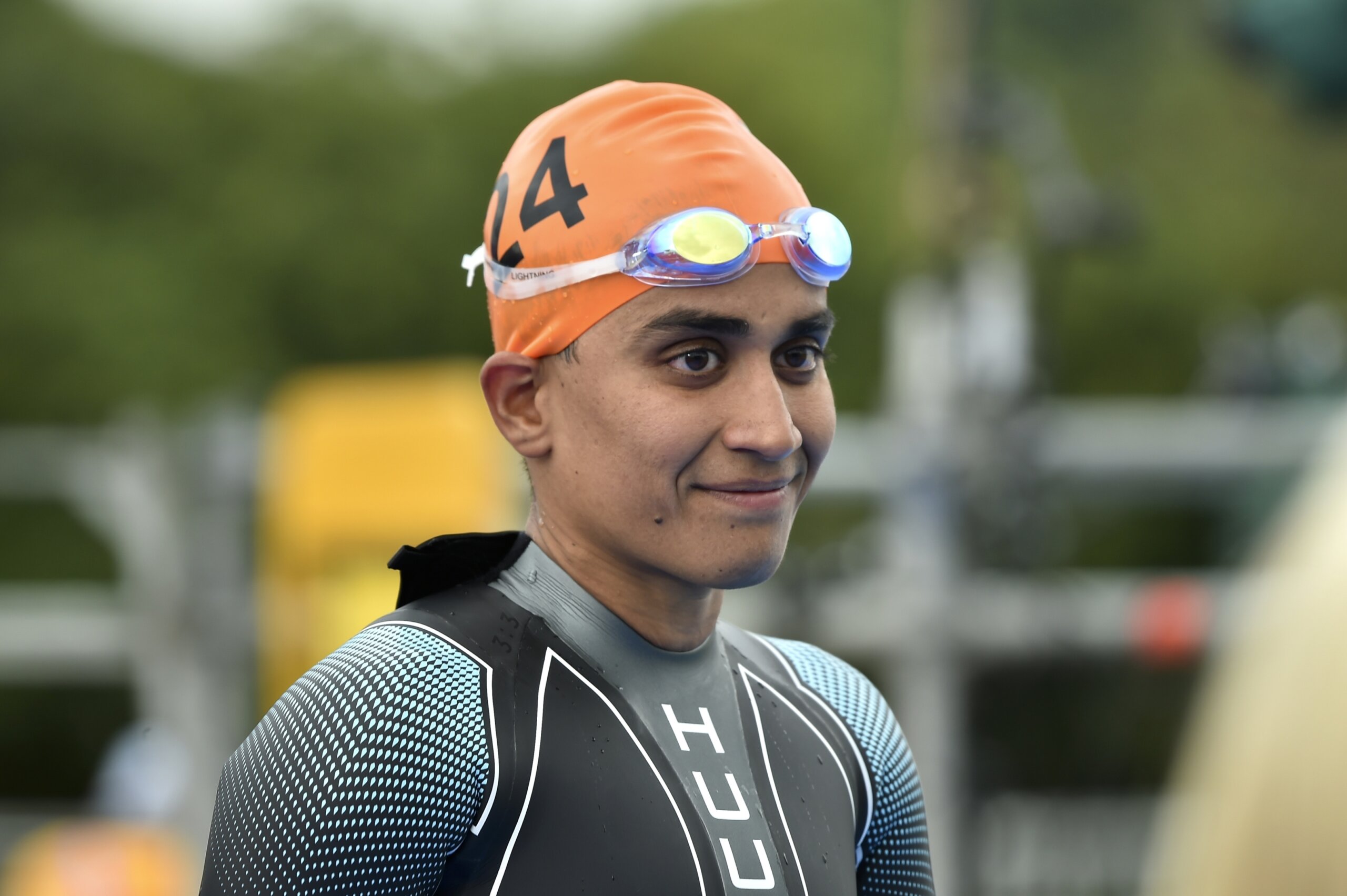Fashion
Tina Barney on Her Paris Exhibition, Family, & Why Fashion Matters

Forty years into your career, you are putting together an exhibition in Paris, at the Jeu de Paume museum, that will focus on some of the themes that unite your work: family dynamics, domestic settings, the trappings and rituals of old money. The museum doesn’t refer to the show as a retrospective or a survey. Why have you skipped that language?
When you throw out the term “retrospective,” you think, Oh, yes, beginning to end. This show is trying to talk about many different things, not just chronology.
Are you looking forward to the show?
It’s a huge undertaking, which I’m both exhausted and excited by. In the ’90s, I did a tour of my series “The Europeans,” so I remember what it’s like to be interviewed over and over and to have people ask you the same questions. I know what lies ahead. [Laughs]
“The Europeans,” which candidly showcased aristocratic families in their homes, was a breakthrough moment in your career, during what was already a really important moment for photography thanks to artists like Andreas Gursky, Thomas Ruff, and Thomas Struth.
Everything was in Europe at that time, or it seemed that way. Not only was it a time in which all the great new photographers were coming out of Germany, but I’d gone there first and I had met them. It was like if you were a Beatles fan and you all of a sudden started hanging out with the Beatles and all their friends. It was at that level. I felt like a little underling. I knew I wasn’t part of the crowd, but I was observing it. I barely felt like mentioning I was a photographer, I was so intimidated.
Do you consider yourself introverted?
I think I’m a funny combination. One of the things is being shy, and then the other thing is sometimes I feel lazy. It’s an effort to be sociable, but it depends if you’re talking about me as a person or me as a photographer. I used to be very sociable and gregarious, and now I am just quiet and solitary. I think that’s just age.
You use a large-format 4×5 camera, so you have to disappear under a curtain to operate it. How does that affect your interaction with your subjects?
The dark thing over the head is a great tool because it shuts everybody up, so you can concentrate. People just have no clue the extreme amount of concentration you need. When I photograph, I look clumsy, like I don’t know what I’m doing. And I have to concentrate even more than most because I’m not very technical.
Was there a moment when you felt that, as an artist, things were clicking into place?
The first time I saw my work in the Sunday New York Times, in my little condo in Sun Valley, I knew that was the dream and that I’d gotten it. That was what I was working for.
Did you ever style your subjects?
I let people be the way they were. Then I made a photograph in 1987 called The Conversation. It was the first time I decided I was going to go into people’s closets and pick out their clothes so that they matched the interiors where we were shooting. I started doing that because I thought that the clothes had a lot to do with not only the taste of the people in the pictures, but also a certain period—like, 1987 was the year Martha Stewart decided to use the color coral, for instance. When you look through art history, fashion is a mark of the time, politically and sociologically. Clothes have been important to me. I always thought about the colors and the patterns of the whole picture, and every living inch I would think about more and more as time went on. My mother was a model too, so fashion’s been around in my mind since the beginning.
I don’t think of you as a clotheshorse.
I was, believe me. My sister was in Women’s Wear Daily every day in the 1960s. She hung out with Halston, et cetera. She was very beautiful, and she had incredible originality and style, much more than me. I copied her. I can’t even tell you the clothes we had. Then we had kids, and then I moved to Sun Valley.
What’s the most unoriginal thing people ask you?
Well, the worst question is “How did you get into photography?” It’s a dull question, because you can answer it in a sentence, or it can take you three weeks.



.jpg)





